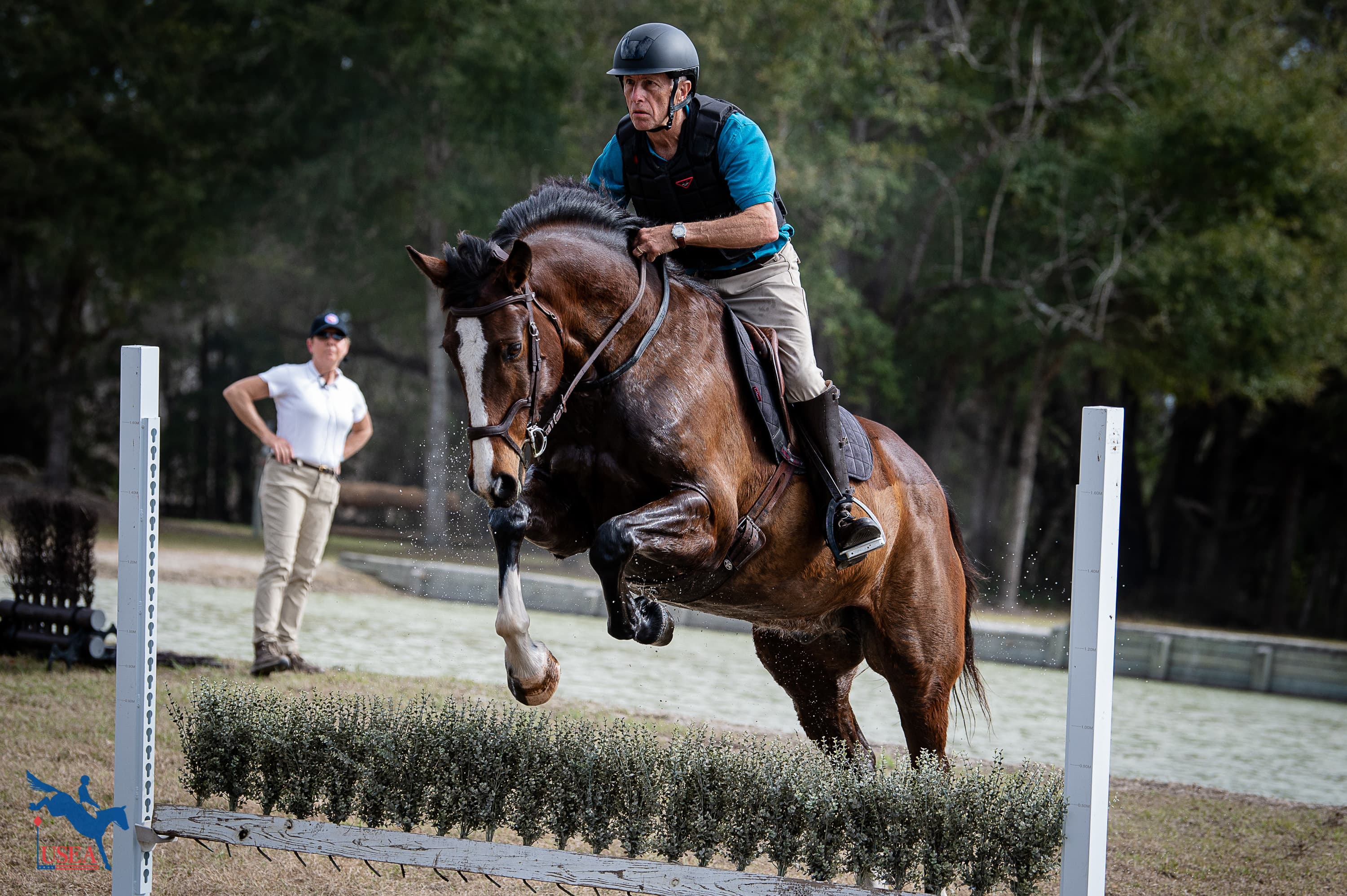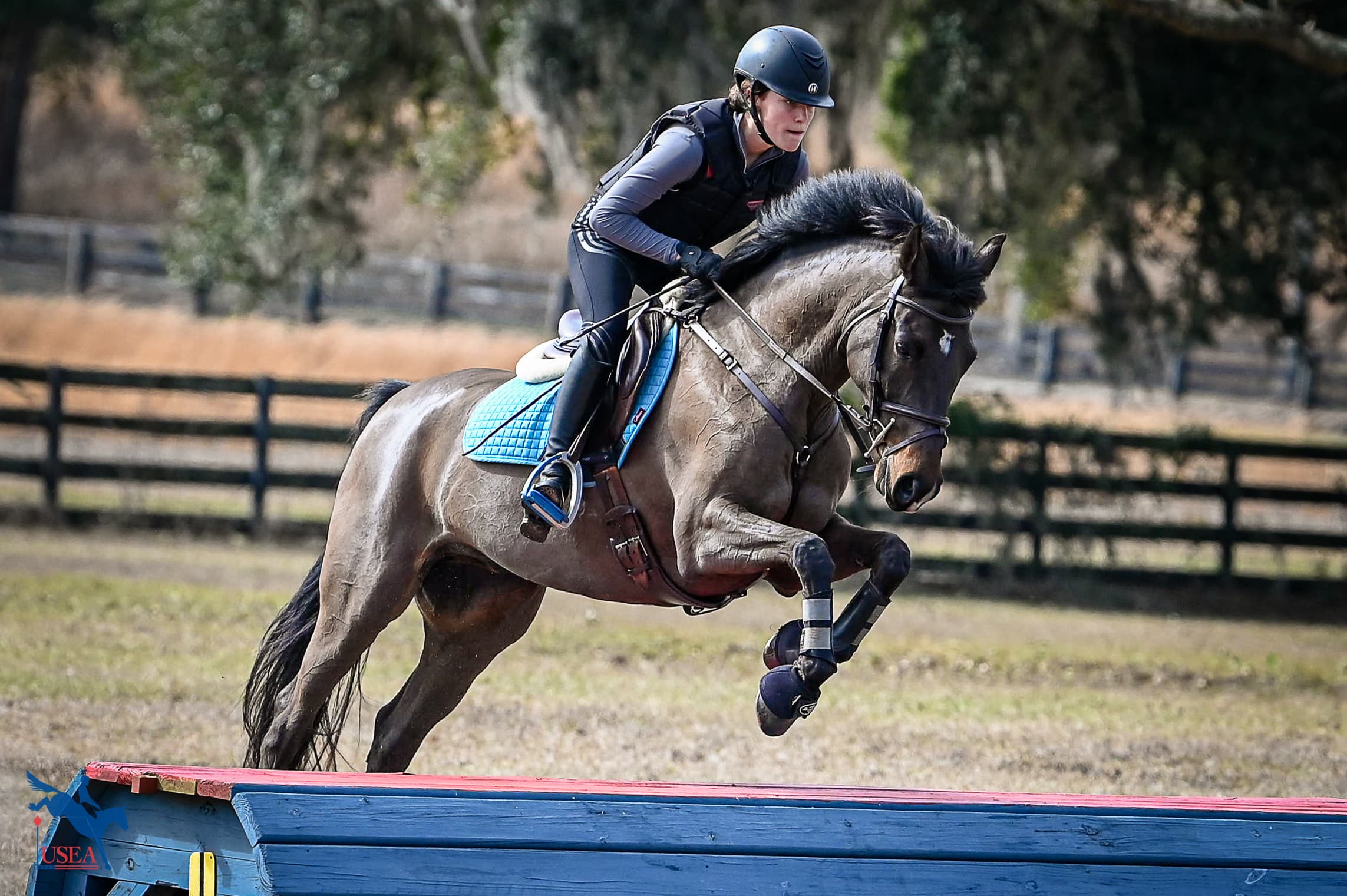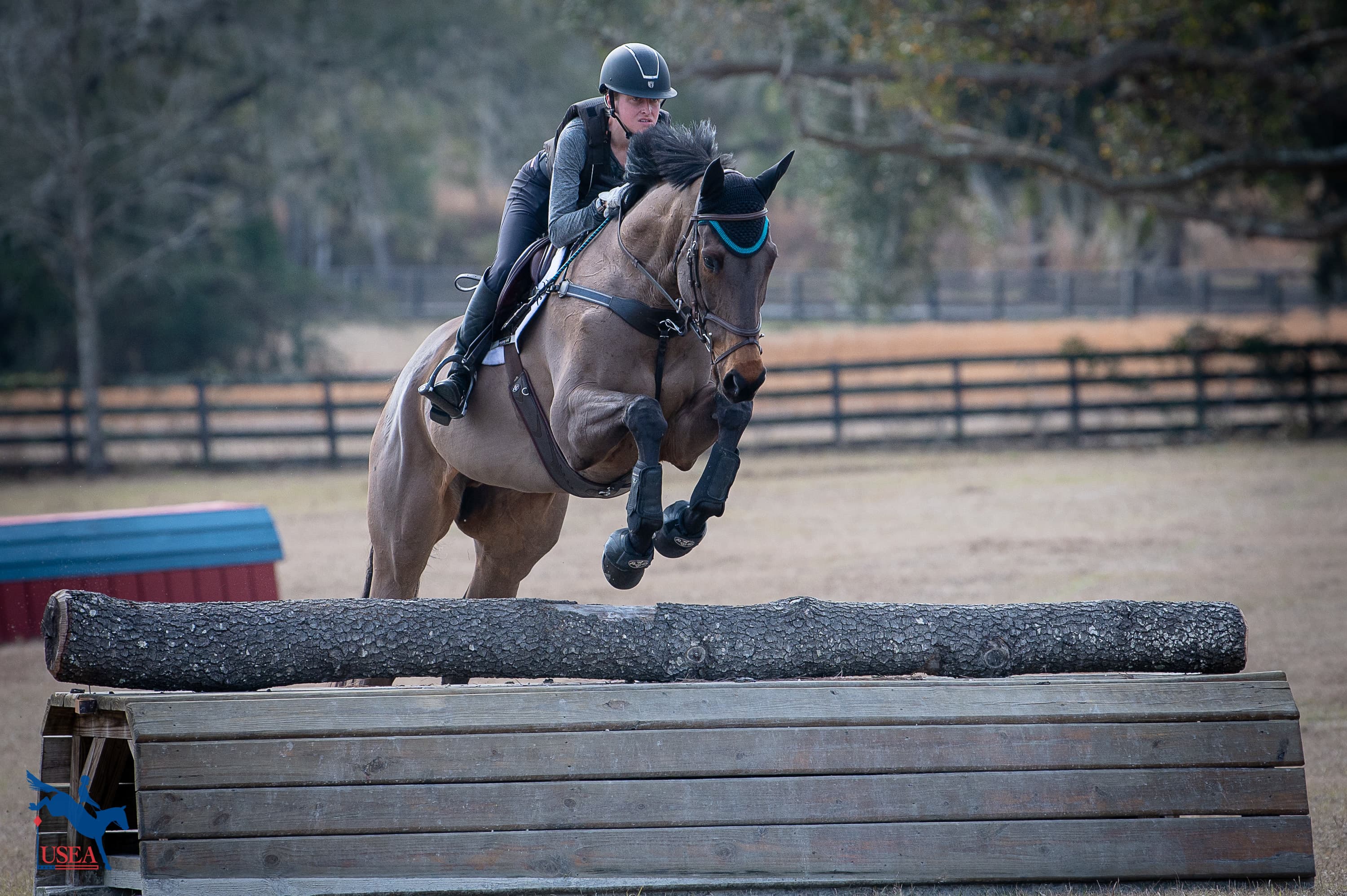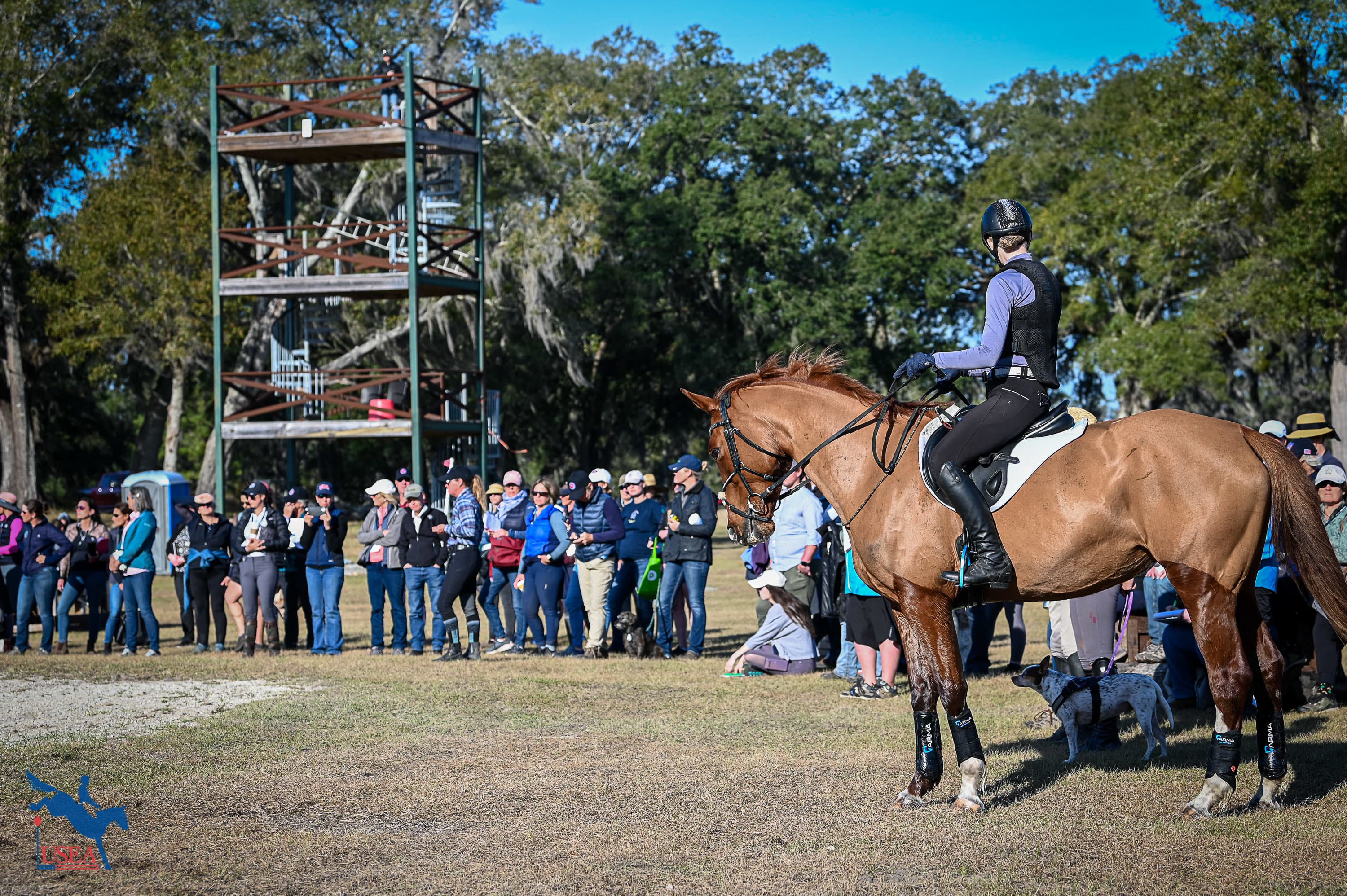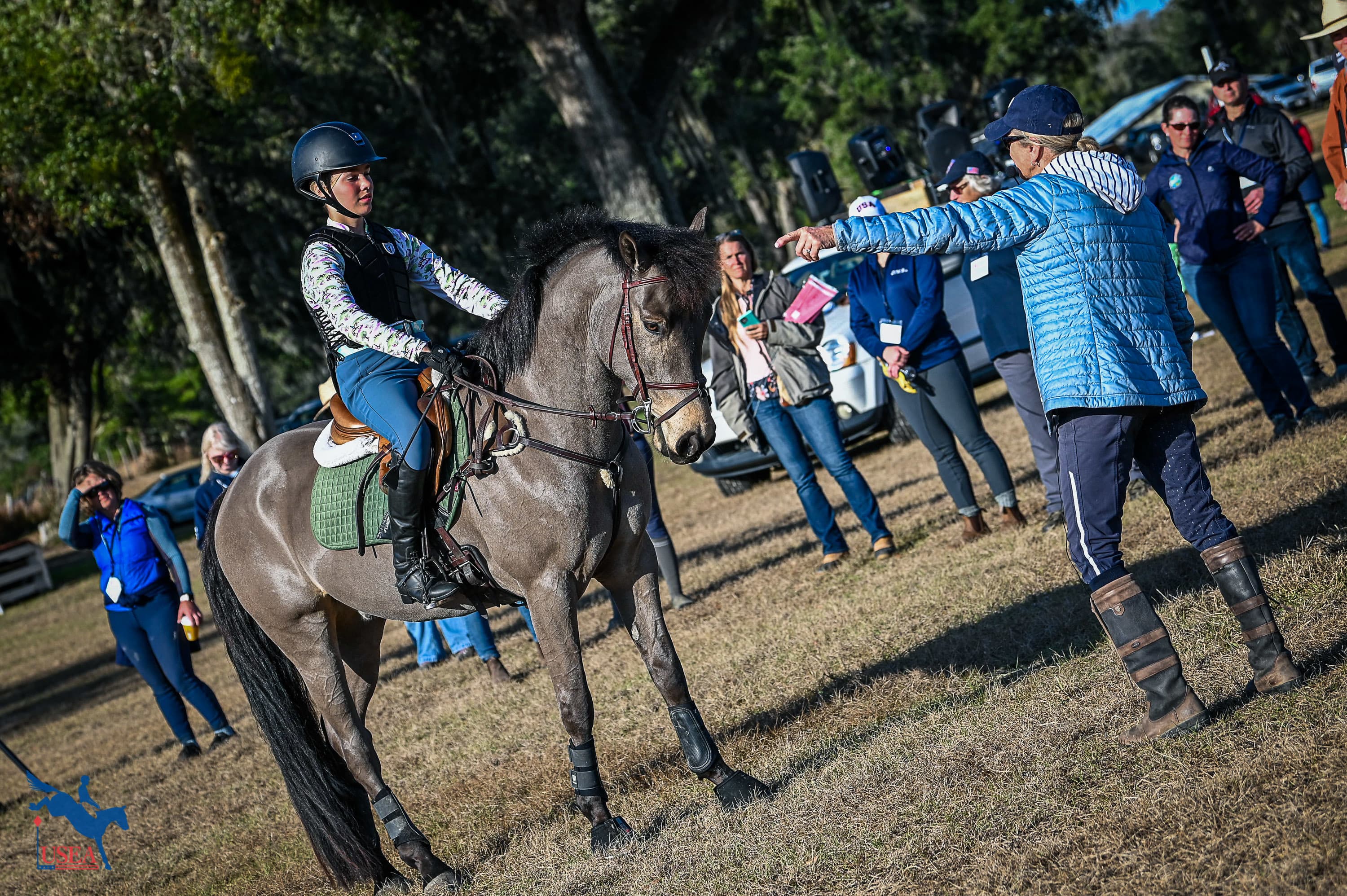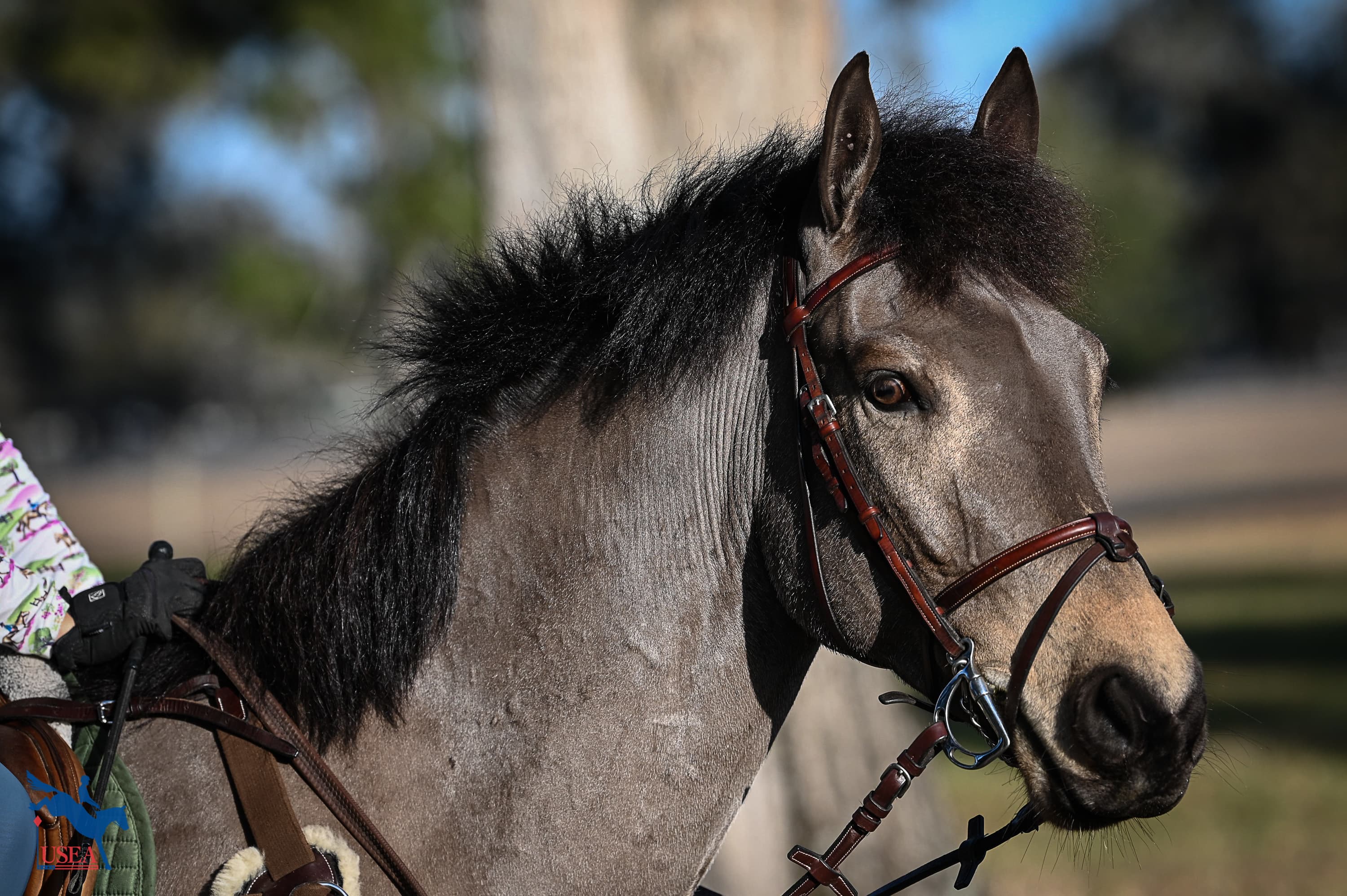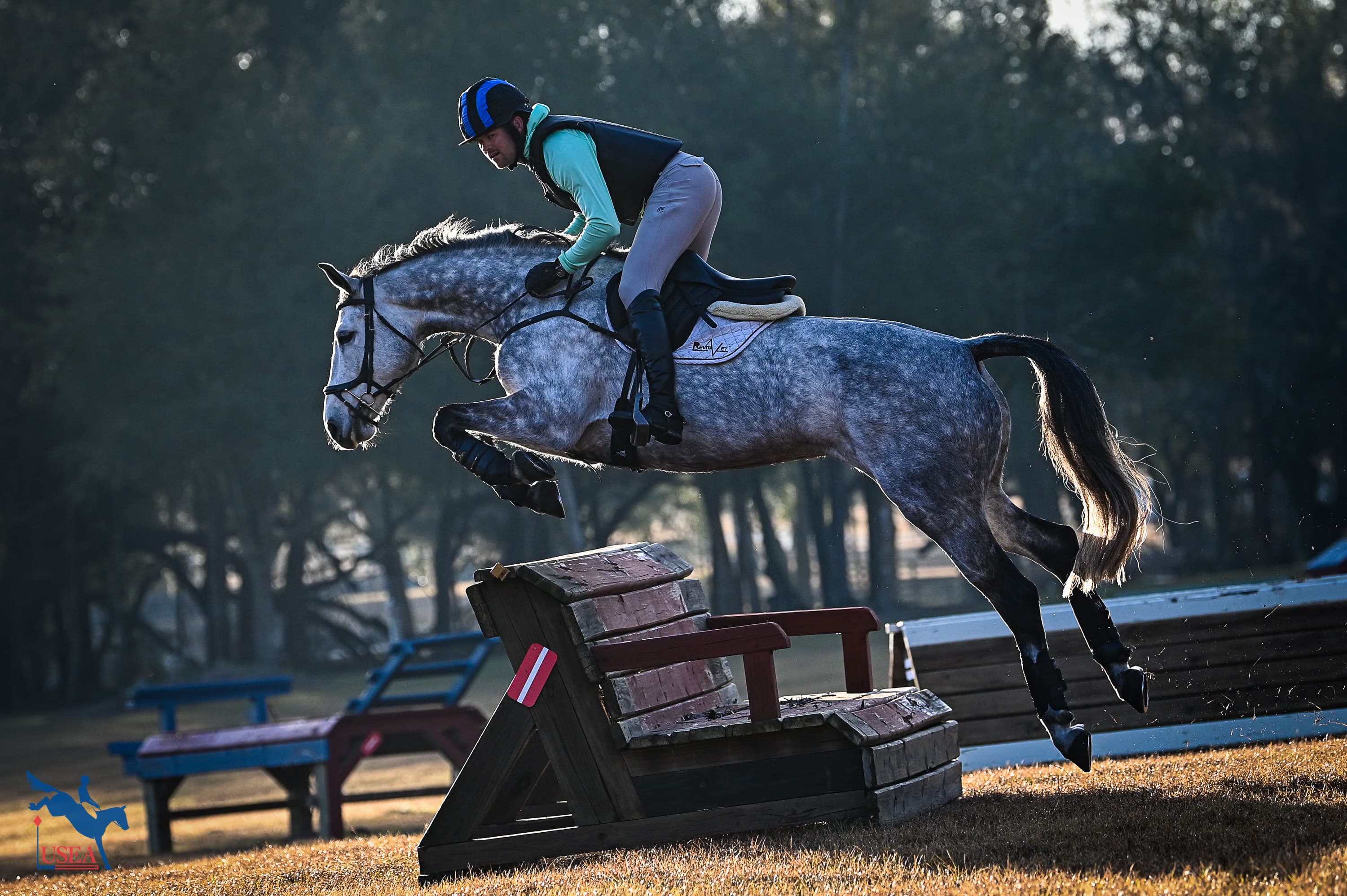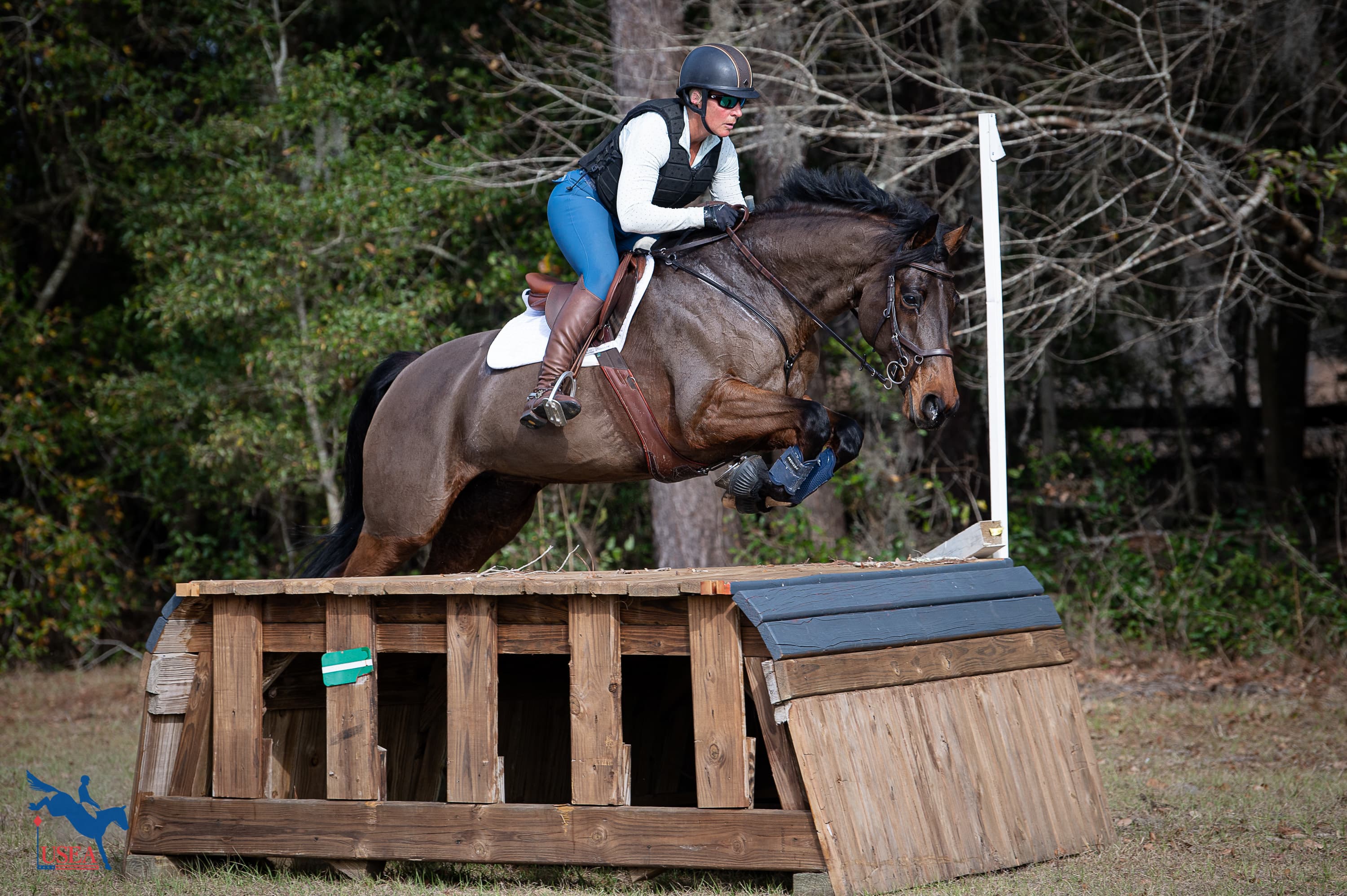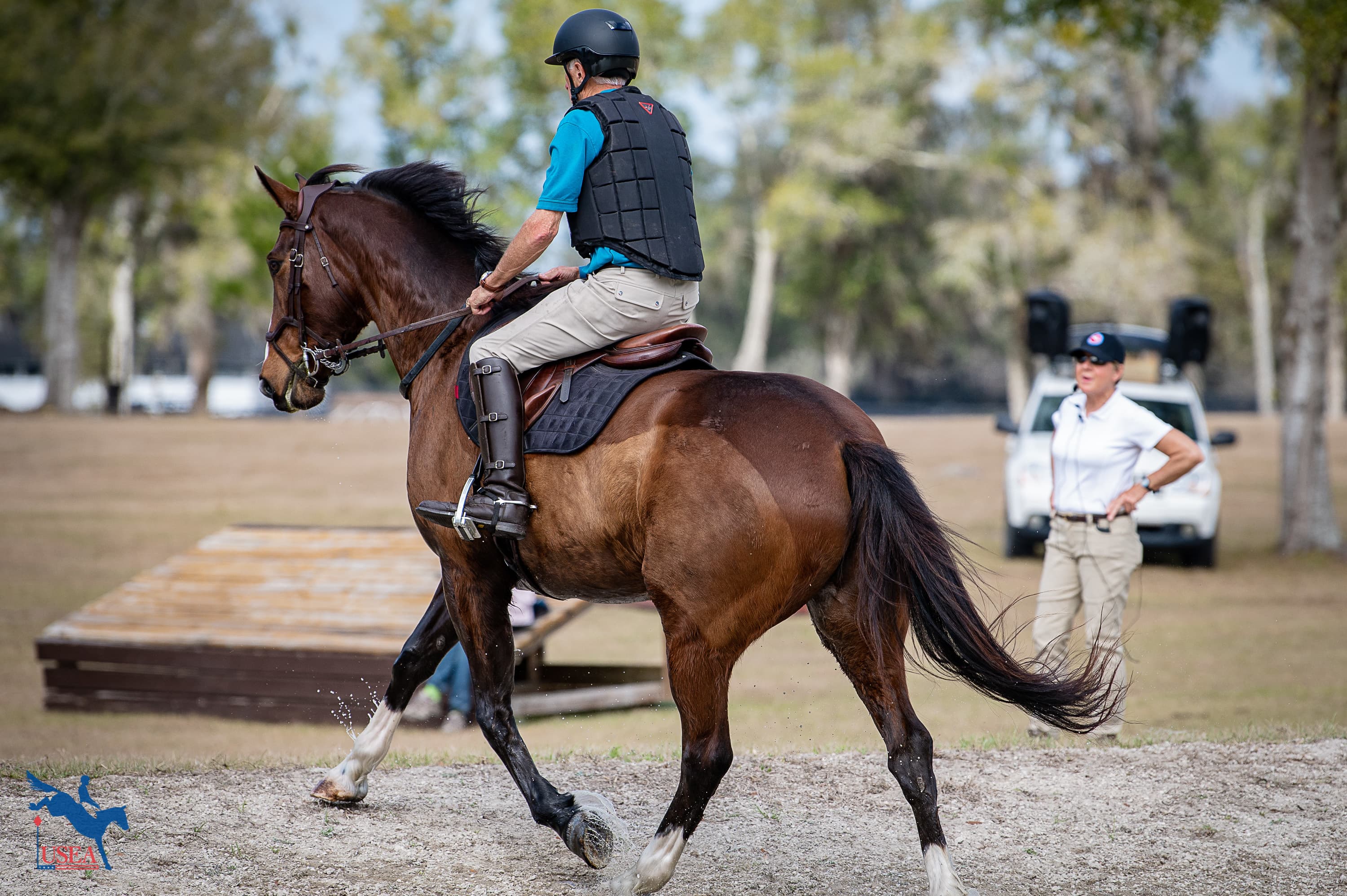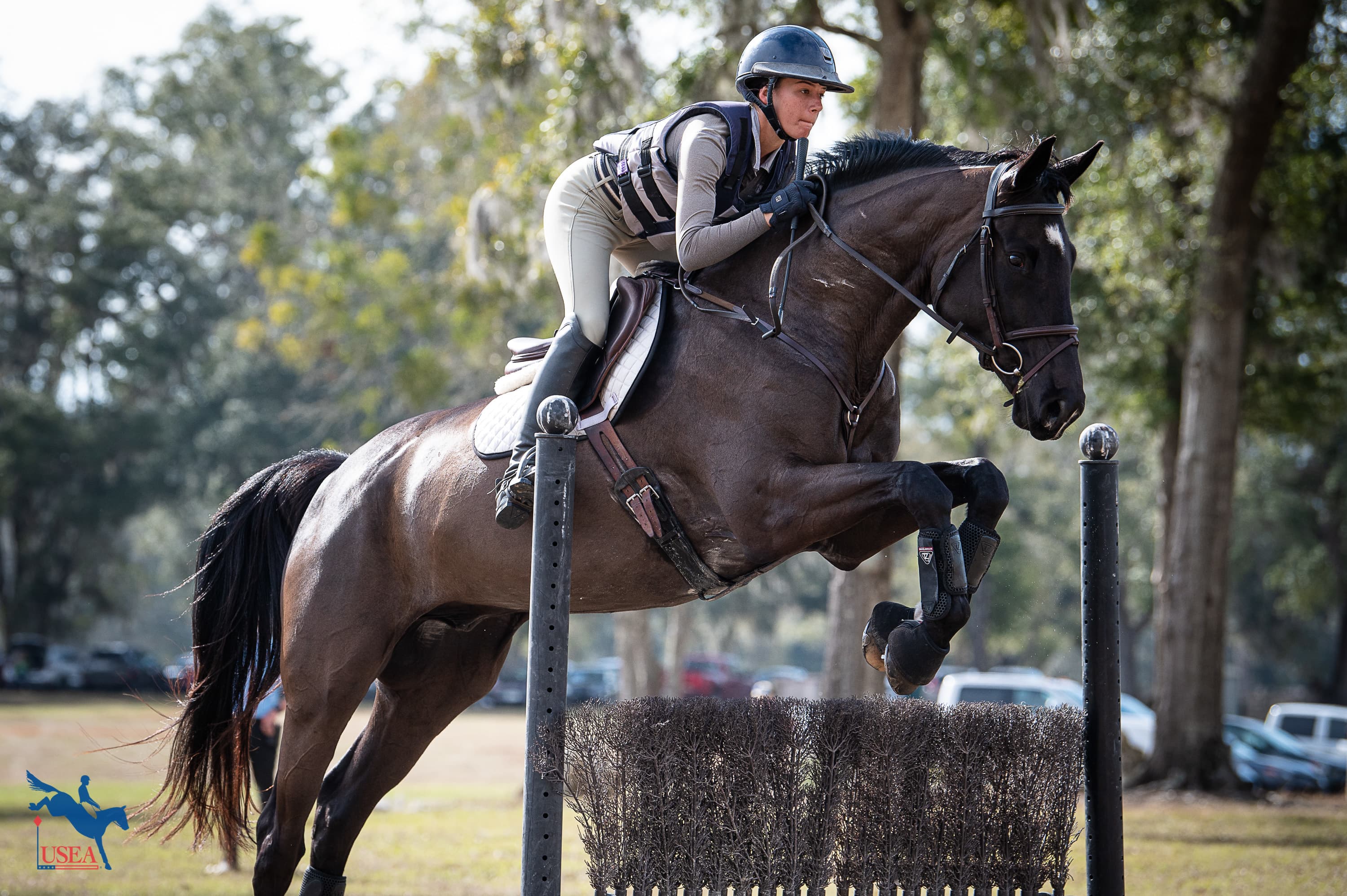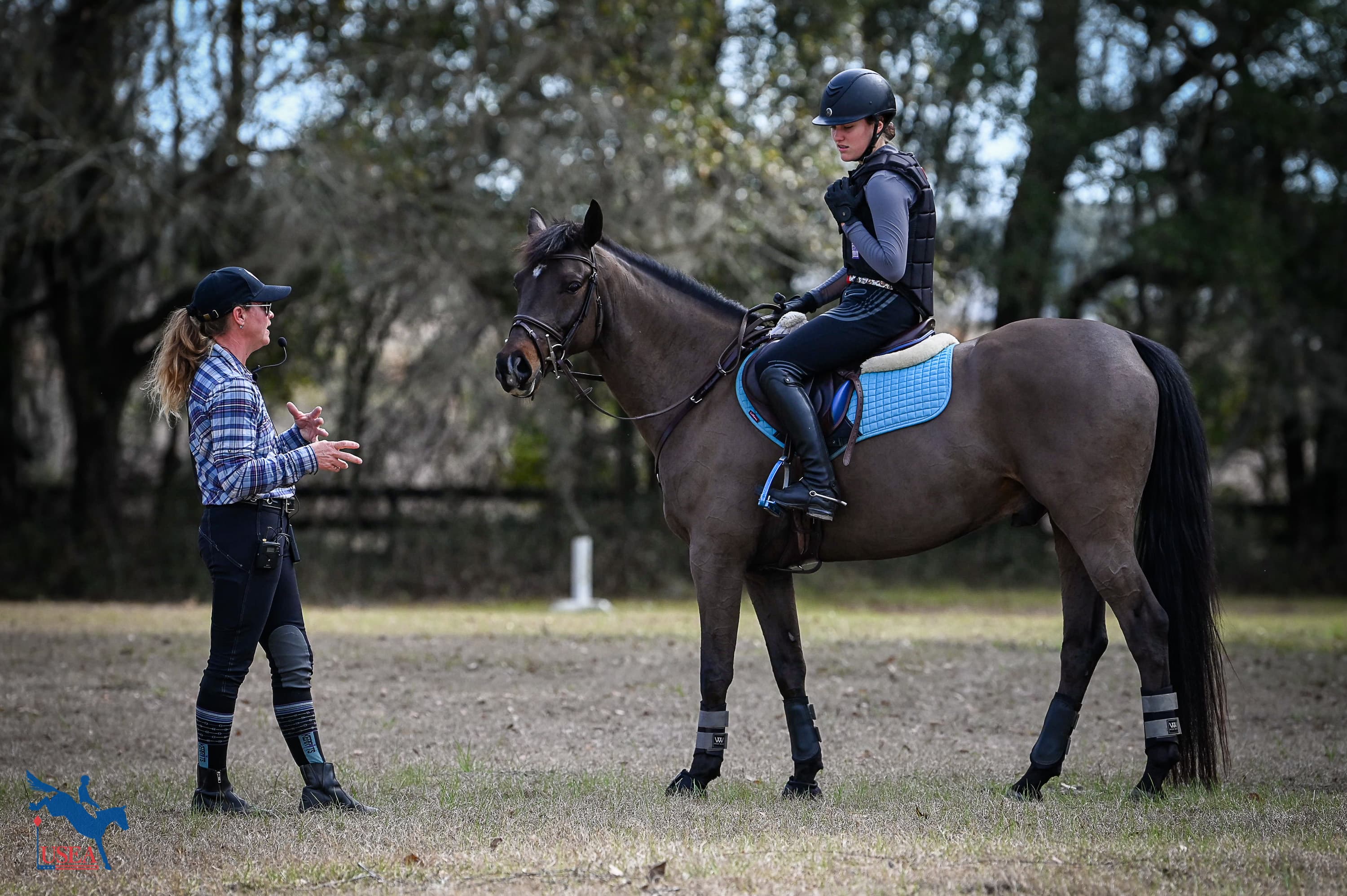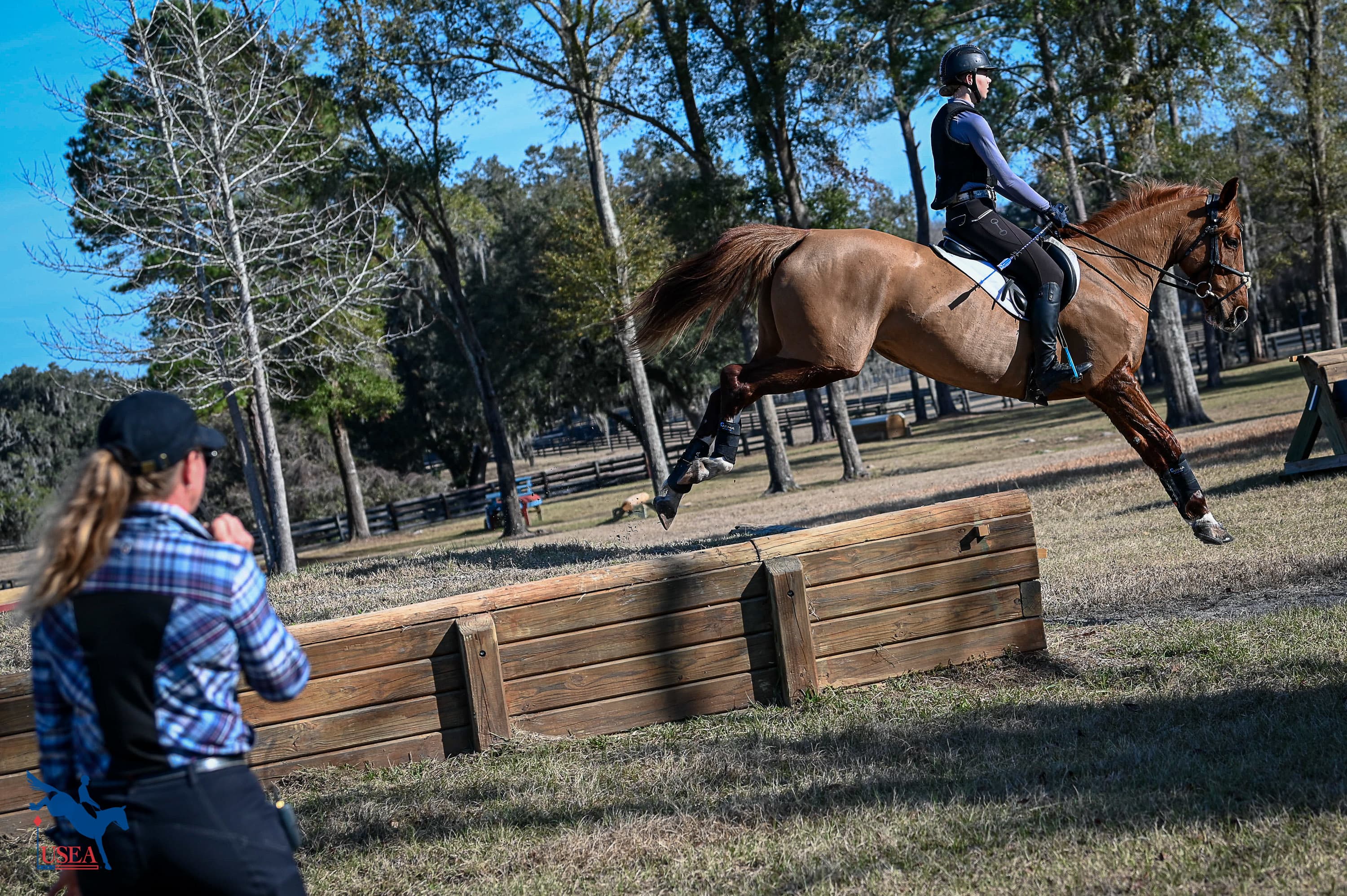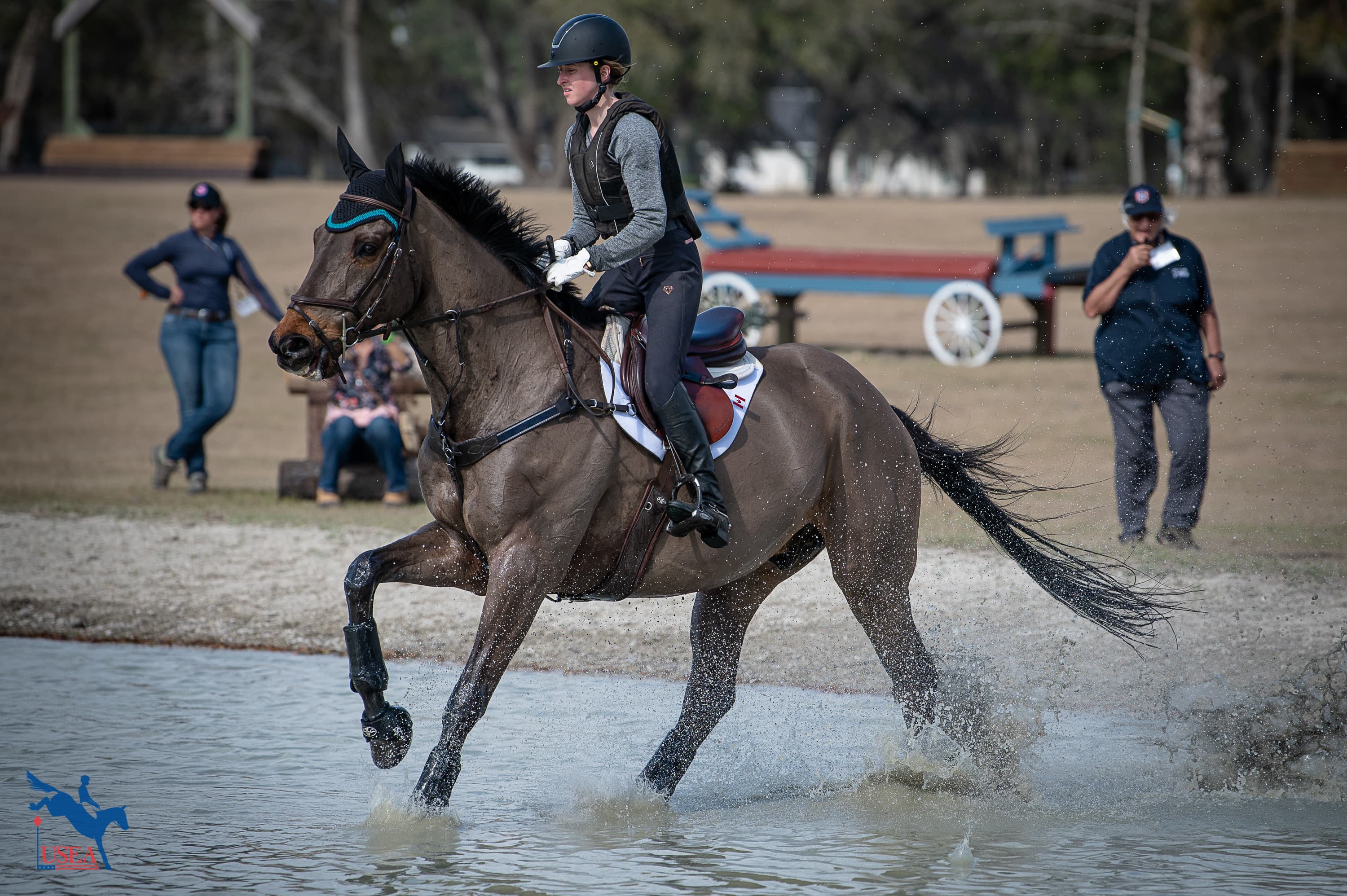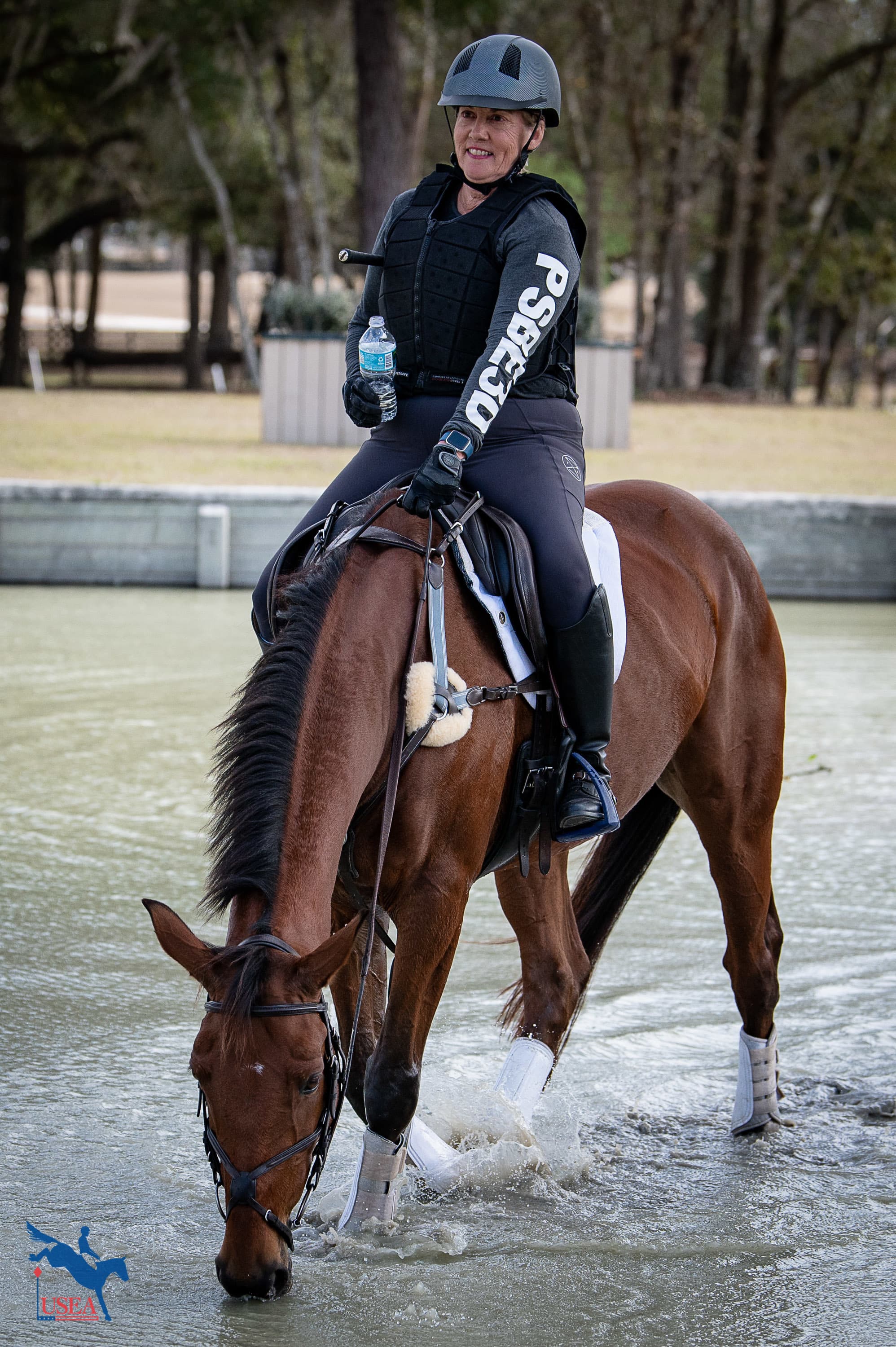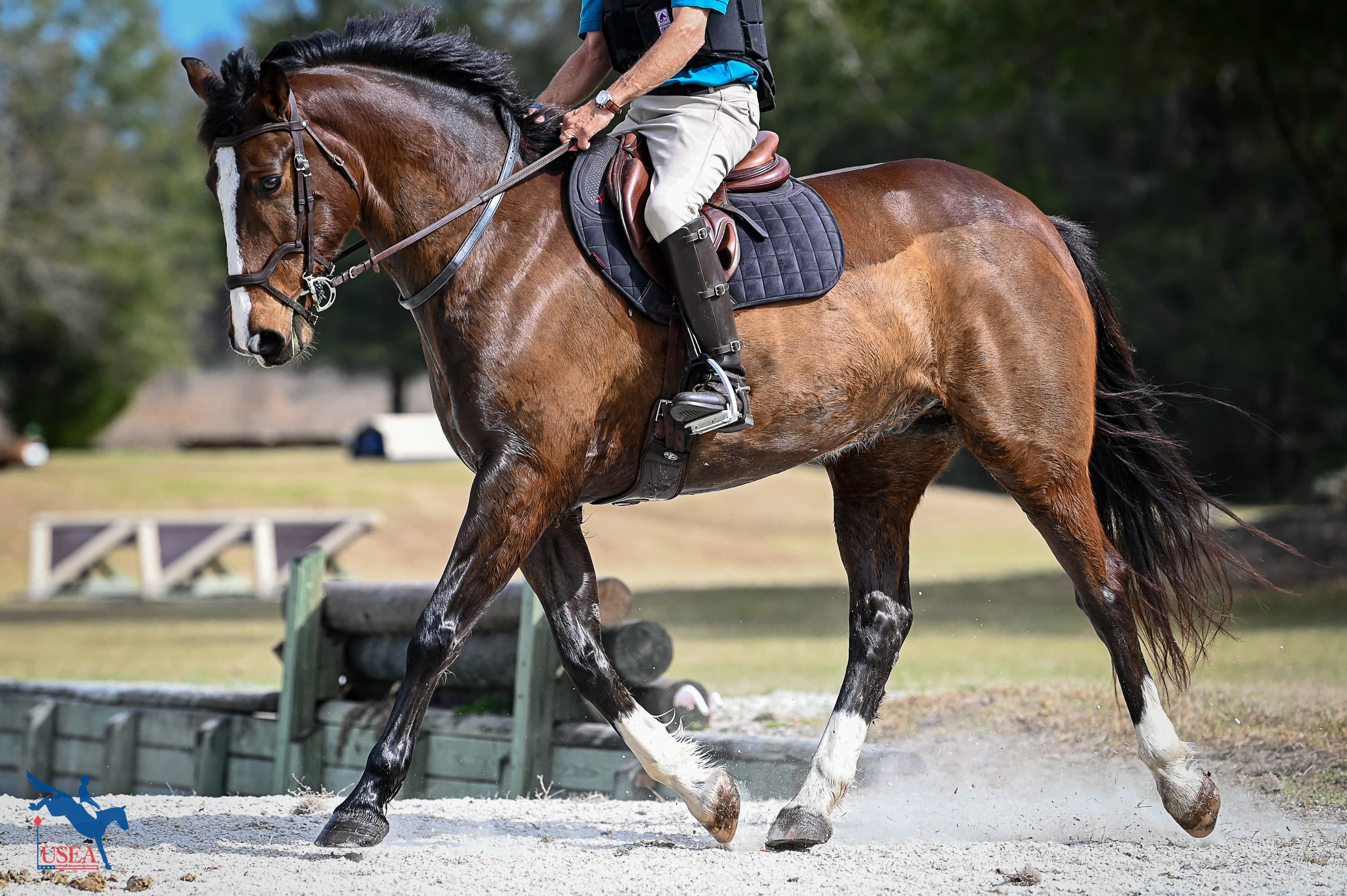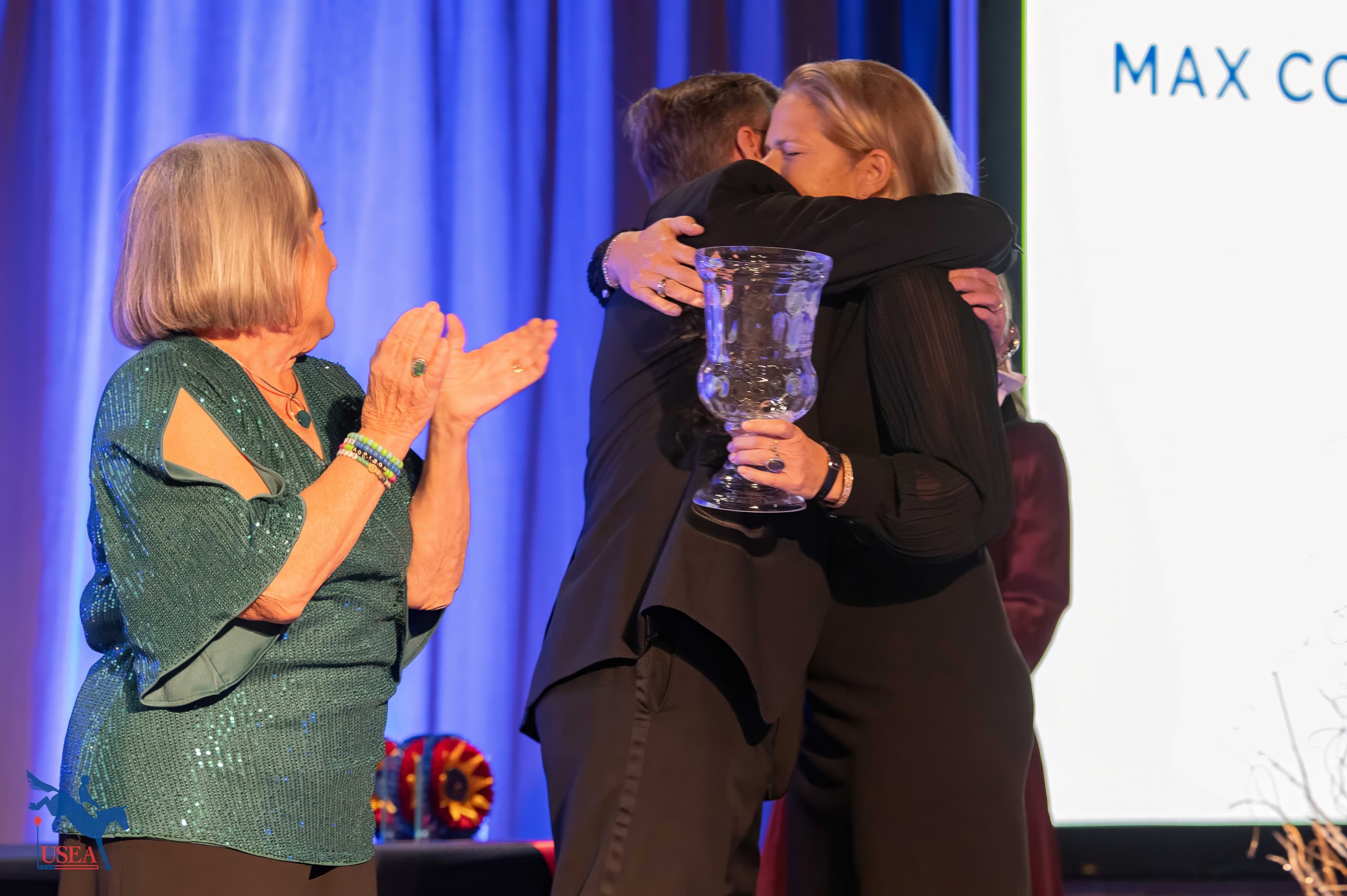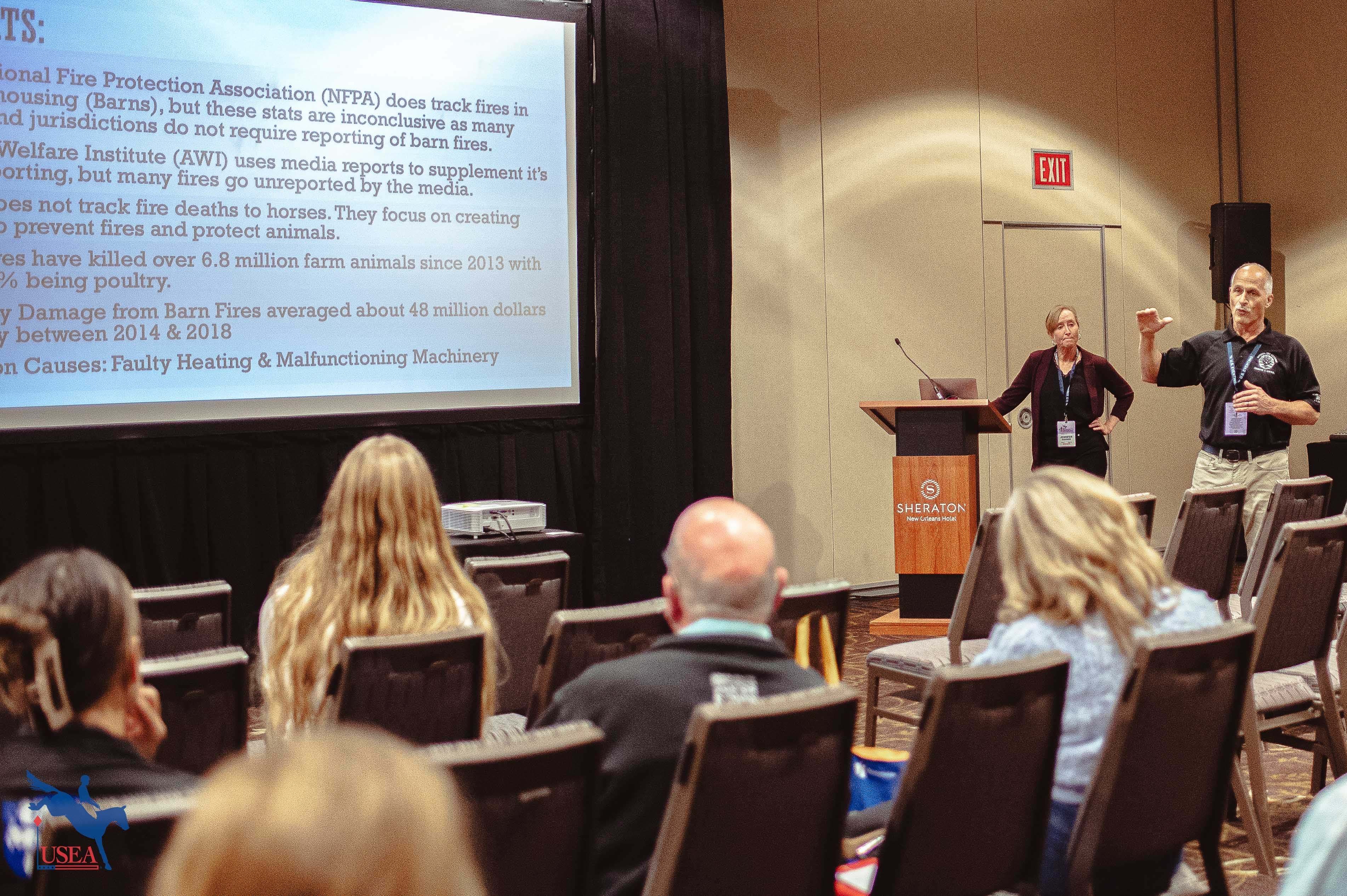Being the Best Trainer You Can Be at the ECP Symposium
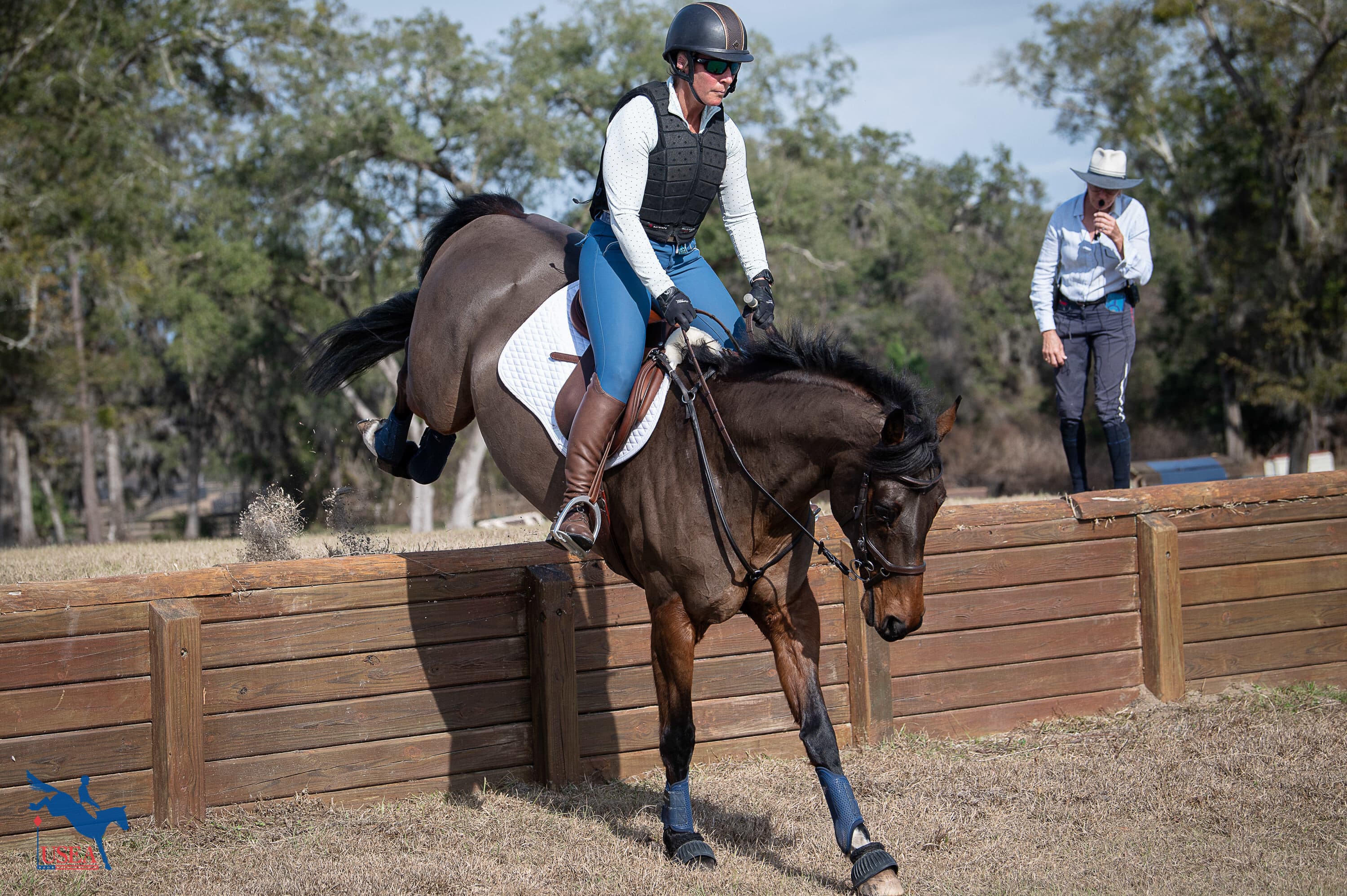
As participants gathered on the cross-country field at Barnstaple Eventing for the final day of the USEA Eventing Coaches Program (ECP) Symposium, the excitement for more education was apparent. All week long, participants have been treated to ample morning discussions, demonstration lessons, and Q&A opportunities with top-level riders and ECP certified instructors. The ECP Symposium is unlike any other event in the United States – it’s an opportunity for eventing instructors to gather together, share ideas and have discussions with one another, as well as learn from some of the most influential names in the sport who all want the same common goal: safer, more structured education for eventers across the country.
While the demonstration riders who have participated throughout the week are being treated to a clinic-style lesson with instructors they may or may not have ridden with before, the true purpose of the event is to utilize these demonstration lessons as an opportunity for trainers to work with one another to create clear and consistent lesson plans for the students who volunteered their time to ride in the symposium. The day kicked off with a demonstration from Advanced level rider Alex O’Neal led by Phyllis Dawson and Robin Walker to accurately demonstrate the different types of canter needed during various parts of cross-country schooling and riding.
From there, Karen O’Connor took over the reins (figuratively) to discuss the basics of cross-country riding that every rider and instructor should keep in mind throughout a cross-country schooling session. “At the end of the day, in cross-country riding, there are only three things going on. The first thing is that you gallop up to the jump you are going to jump, the second thing is that you prepare for that jump, and thirdly you jump. And then you repeat. And you have to very systematically and very clearly, as we saw with Alex earlier, demonstrate the three positions that accommodate what is happening in that moment.”
Those three positions include the galloping position, which you would use as you approach a jump. O’Connor noted that this can mimic the position of a jockey with three points of contact: your foot in your stirrup iron, your knee, and the single bridge.
Regarding the position of the foot in the stirrup for cross-country, O’Connor shared: “In dressage and show jumping your stirrup iron is at the front of the ball of your foot, but in cross-country riding, you want it towards the back of the ball of your foot. That allows you to have a platform to base your position and minimizes your chance of losing your stirrup and minimizes the angle of your ankle. If you ride really, really down in your ankle on cross-country, it will wind up hurting your achilles and tire you out.”
What is the single bridge? “The single bridge is something that David and I teach and as you become more advanced, it becomes more optional, but the single bridge is a way to hold the reins,” O’Connor shared. “The bridge is the part of the rein that is crossed, which you grab with your other hand. You would carry your crop in one hand and the bridge in the other hand. The hard thing to learn is to keep the bridge from wobbling. To create the bridge, you put your two thumbs together and place your hands into the withers. From there, if I want to go faster, it is pretty simple, you bend your elbows and slide your bottom back, then you bring your hips forward and straighten your elbows to slow down. The bridge allows you to put some weight in so that if the horse is pulling around, he is only pulling against himself.”
ECP Certified Instructors Robin Walker and Emily Beshear gave an overview of several different cross-country obstacles and how to coach riders through them such as water, terrain, banks, and ditches. While their demonstration rider, Maia Ramberg, is quite experienced as a rider, she was on a young, green horse giving participants the opportunity to hear from these seasoned professionals just how they would introduce a variety of new situations to a greener horse. For example, with the bank work, they started by having Ramberg trot the mare up the bank first before moving to trotting the bank downward. Walker noted that he would never ask a horse to walk up or down a bank, as there is too much opportunity for a horse to get tangled up in its own legs, so giving a greener horse plenty of time to assess the situation on the approach is key.
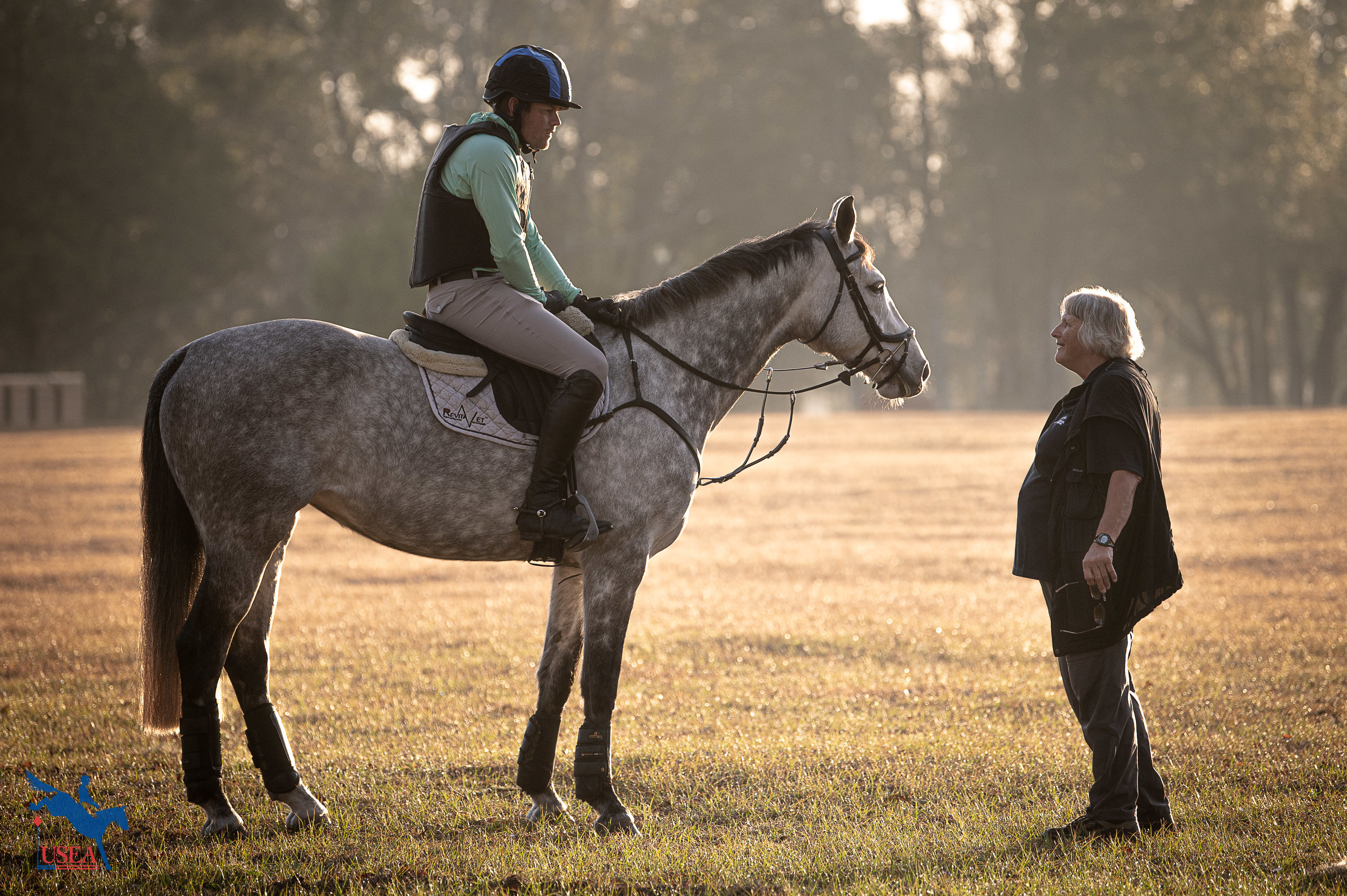
As the day progressed, participants broke up into their small groups and began the format of evaluating demonstration riders during their cross-country warm-up and tailoring lesson plans for each individual pair presented before them. Participants observed as the ECP Instructors leading each group helped the riders navigate new challenges suited to each horse and rider’s skill set. One of the best parts of this interactive format, one participant noted, was that while one ECP Instructor led the lesson, each ECP Instructor assigned to the other groups remained with their group to answer questions while each lesson took place.
Continuing education for instructors in other realms is not a new concept. Teachers have required continuing education hours each year, for example. The ECP Symposium facilitates an open environment where instructors can gather and collaborate, a concept that ECP Level V Certified instructor and 2023 Symposium participant Cathy Wieschhoff feels is critical for the sport.
“Symposium gives you a great overview of what the ECP program is designed for and what the intent of the program is, which is to certify all of the instructors in this country who are teaching the sport of eventing. The ECP wants to make sure that everyone is on the same page. It is not that we have to teach and use the same language every time, but some language has to be consistent and it has to be relatable throughout the three phases and how they all relate to one another. I agree with the program and I feel that it is going to make our sport in general safer. Our sport is constantly under scrutiny and this program makes sure that we can continue our sport.”
From foundational basics to addressing big-picture problems, this week’s ECP Symposium left no stone unturned so that each participating instructor, whether certified or not, could leave the event feeling as if they had new tools in their toolkit to help them be the best trainer they can be.
To access the coverage from this week’s ECP Symposium, click here.
About the USEA Eventing Coaches Program
Instructors are essential to the training of riders and horses for safe and educated participation in the sport of eventing. The USEA Eventing Coaches Program (ECP) was initiated in 2002 to educate all levels of eventing instructors with essential training principles upon which those instructors can continue to build throughout their teaching careers. ECP offers educational workshops and assessments by which both regular instructors, Level I through Level V, Young Event Horse (YEH) instructors, and Young Event Horse professional horse trainers can become ECP certified. Additional information about ECP’s goals, benefits, workshops, and assessments as well as names and contact information for current ECP-certified instructors, YEH instructors, and YEH professional horse trainers are available is available on the USEA website. Click here to learn more about the Eventing Coaches Program.
